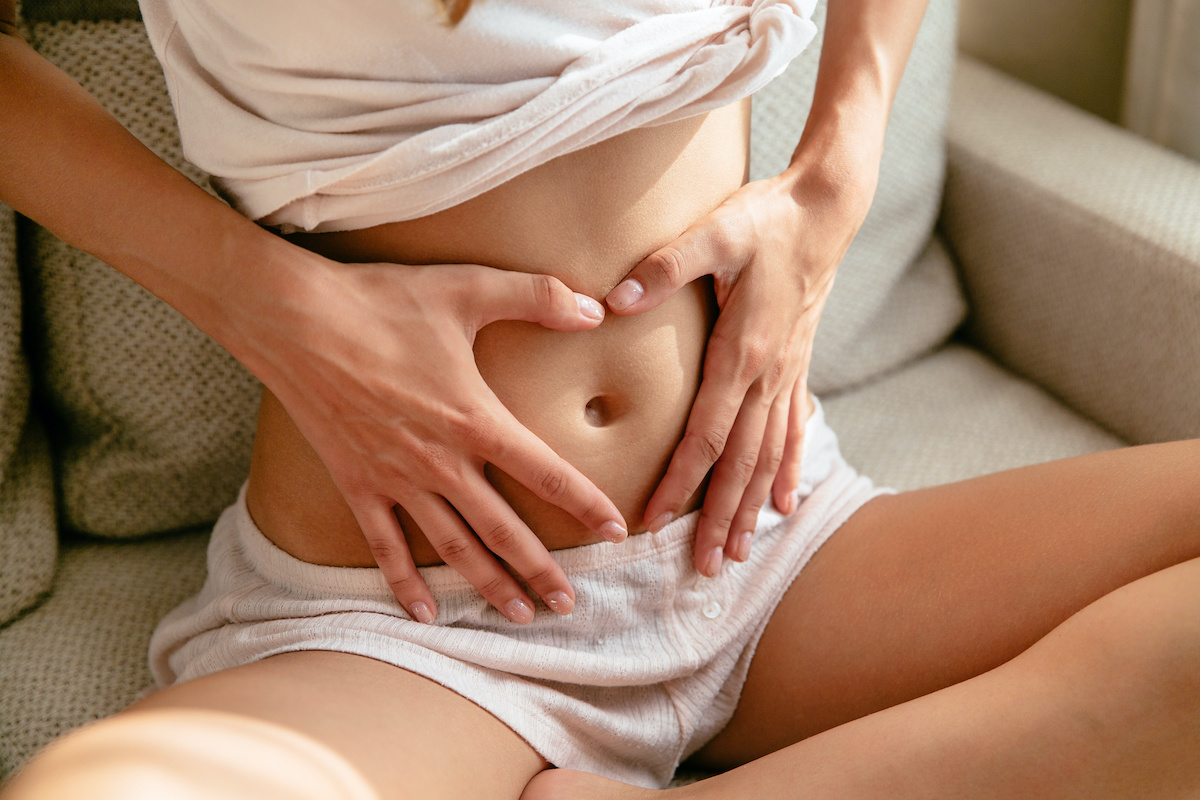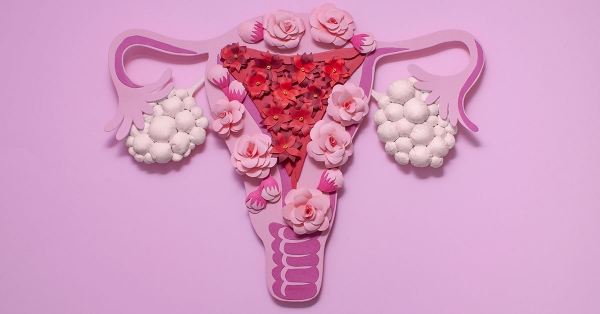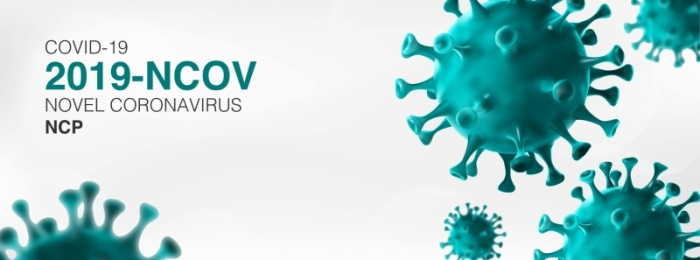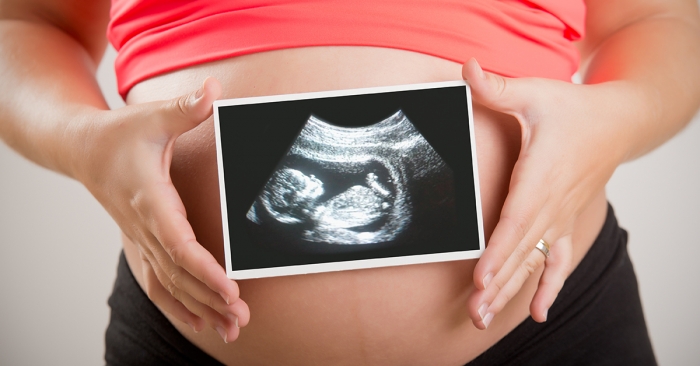When you’re trying to conceive, you might look for little signs and symptoms to indicate that you’re pregnant before you can take a pregnancy test. While a reliable test is the only surefire way to know you’re pregnant, these early signs of pregnancy occur within a week or so of conception.
Early Signs of Pregnancy
If you are trying to get pregnant, you can look for some of these early signs of pregnancy. However, it’s important to remember that every woman and every pregnancy is unique, so these signs aren’t a surefire way to confirm a pregnancy. If you think you’re pregnant, contact your doctor to get a reliable pregnancy test.
1. Missed Period
Not having your regular menstrual period is one of the most obvious early signs of pregnancy and the thing some women look out for to confirm they’re pregnant. However, if your periods aren’t regular, it can be hard to determine when you’ve missed a period.
2. Light Bleeding or Spotting
Light bleeding or spotting may occur about 10 to 14 days after conception. This is called implantation bleeding and it occurs when the fertilized egg attaches to the uterine lining. Not all women experience implantation bleeding while some women mistake implantation bleeding for a light menstrual period.
3. Cramping
Another early sign of pregnancy that may be confused with a menstrual period is cramping. At the beginning of a pregnancy, blood flow is increased throughout the body, including in the uterus. This may result in mild cramping.
4.Fatigue
Nurturing a developing fetus can suck the energy right out of you. Feeling fatigued is not uncommon even in the very early days of pregnancy. Your body is putting in hard work increasing your blood supply. Lower blood sugar and blood pressure are also common during the first trimester. When you add those factors to hormonal shifts associated with pregnancy, you might find yourself worn out. Luckily, many women find that they bounce back and have more energy by the second trimester.
5. Changes in Your Breasts
Another one of the telltale early signs of pregnancy is changes in how your breasts feel or look. During early pregnancy, your breasts may become sore, tender, and swollen. You might even notice a change in the way they look. Your areolas (the circles around the nipples) may get bumpy, darker, or bigger. These changes are caused by the increase in estrogen and progesterone in your system. The discomfort is for a worthwhile cause though because these are signs your body is preparing to nurse your baby.
6. Morning Sickness
Morning sickness is probably one of the most well-known signs of early pregnancy. It’s poorly named because it can occur at any time of day, not just in the morning. According to the American College of Obstetricians and Gynecologists (ACOG), nausea and vomiting usually start before the 9th week of pregnancy and may occur before your missed period. For most women, morning sickness usually eases up after the 14th week of pregnancy, but others may experience it throughout the entire pregnancy.
7. New Food Preferences
Cravings during pregnancy may seem like a cliche, but many women do experience changes in food preferences even at the beginning of pregnancy. You may find yourself in the mood for foods or food combinations that you don’t typically want. You may also lose your appetite for foods that you used to enjoy.
8. Sensitivity to Smells
Along with changes in food preference, you might also find that you’re more sensitive to smell. Sometimes pregnancy can send your sense of smell into overdrive, so the smell of certain things might be really strong and unpleasant all of a sudden.
9. Digestive Issues
If morning sickness weren’t enough to deal with, your digestive system may be upset in other ways. Some women experience heartburn or indigestion during the first trimester of pregnancy. Other digestive symptoms in the first trimester include bloating, gas, and constipation.
10. Frequent Urination
Some people might associate frequent urination with the later stages of pregnancy as the baby starts putting pressure on the bladder. However, according to the National Institutes of Health, this can also be an early sign of pregnancy caused by increased blood flow to the pelvic area.
Contact Raleigh OB/GYN Centre
The physicians, nurses, and medical staff at Raleigh OB/GYN offer a comprehensive list of gynecological and obstetric services to the women of the Raleigh, NC area. If you have questions about confirming a pregnancy, call our office at (919) 876-8225 to make an appointment.











